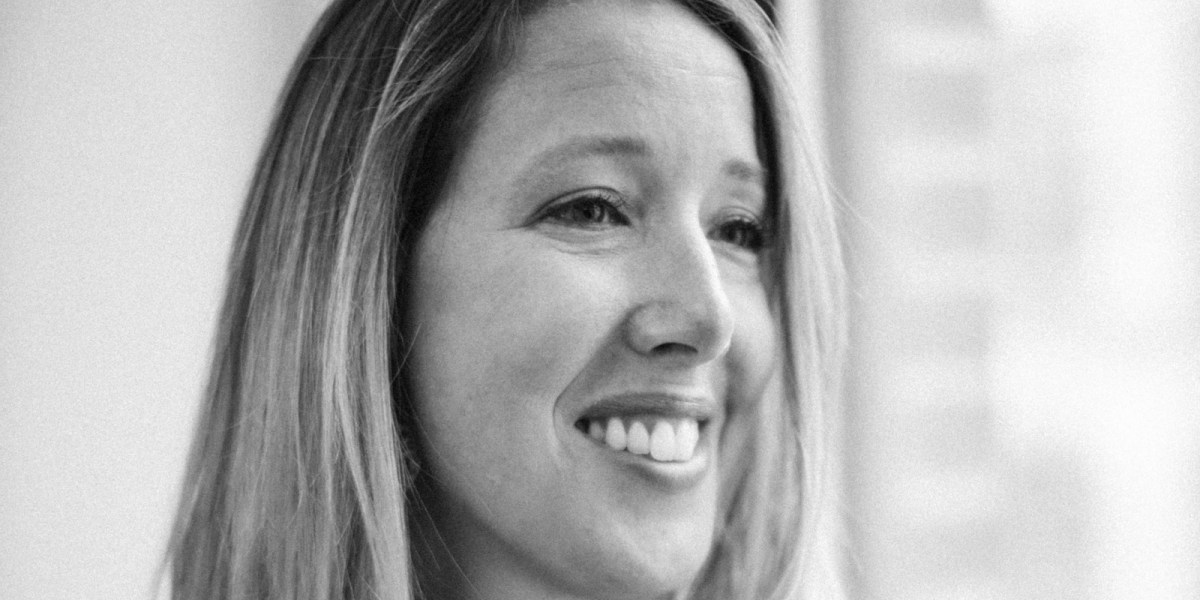
The phone call that changed my life came on an ordinary Tuesday. At 34, I heard the words “breast cancer.” As a single mother and Emergency Medicine Physician Assistant, I found myself suddenly navigating not just my career and raising my daughter, but a fight for my life. But it wasn’t just the diagnosis that would alter my path, it was what came after.
One moment I’ll never forget was after surgery. My young daughter gently traced the scars on my chest with her finger, asking if they hurt. I told her something I’d come to deeply believe: Though they once hurt, these scars were now beautiful, marking not just survival but transformation. Like the Velveteen Rabbit, I explained, sometimes we become more real through our struggles.
When cancer returned more aggressively a few years later, my oncologist “threw everything and the kitchen sink” at me. Lying on my couch, exhausted from treatment, I felt like I had an hourglass over my head, time slipping through my fingers like sand. My daughter was so young, and the thought of her growing up without me was unbearable. It was like gasping for air, desperate for more time. In health care, we talk about “value,” but what became crystal clear to me at that point in time was that meaningful time is the ultimate currency.
Going back to work after breast cancer
This realization became the foundation of my startup Dimer Health, which provides 24/7 medical support, bridging the gap between hospital discharge and full recovery. Through innovative technology and AI, we’re making continuous care the new standard of patient support. The U.S. health care system spends an avoidable $62 billion annually on hospital readmissions, affecting over 32 million patients. I know this cost intimately. Two years after my treatment, I became one of those statistics. Following an implant exchange surgery, I rushed back to work too soon, developed an infection, and ended up hospitalized for three days. The most heartbreaking part wasn’t the preventable admission, it was seeing the trauma in my daughter’s eyes after all she’d already witnessed.
Through 17 years in health care and my own journey as a patient, I discovered a critical gap: the dangerous space between hospital and home. Despite best efforts, 80% of patients don’t follow discharge instructions. Many wait weeks or months to reconnect with their care teams, increasing the risk of complications.
My own mother’s ongoing 14-year battle with advanced cancer became my north star for innovation. Through her four rounds of chemotherapy, living each year as if it could be her last, she taught me how to build better health care. Every feature we develop at Dimer Health, founded in 2022, gets measured against her experience: Would it catch complications early enough? Would she trust it? Would care be there at 3 a.m. when worry strikes? My mantra is, If it’s not good enough for my mom, it’s not good enough for anyone.
The solution, I realized, needed to combine two critical elements: the efficiency of artificial intelligence and the irreplaceable human touch. My company’s approach goes beyond cancer care—we’re transforming the entire hospital-to-home transition. Think of it as your doctor holding one hand while we hold the other, ensuring you’re never alone. Our 24/7 virtual support system combines AI technology with expert clinical staff, guiding patients through recovery from surgery, managing chronic conditions, or transitioning from hospital care.
How AI can be used in health care
Critics often ask if AI belongs in health care. As someone who has worn both the patient and innovator hats, I can tell you: It’s not about replacing human care—it’s about enhancing it. When TechAviv, Silver Circle, and Bill Ackman’s TABLE Management recently invested in our vision, they weren’t just betting on technology. They were betting on a fundamental truth I learned through my cancer journey: Health care needs both innovation and humanity.
This belief drives our unique “patient shadow” technique, where our team members immerse themselves in the patient experience. It’s one thing to build health care technology; it’s another to truly live the problems you’re trying to solve, to develop the needed empathy.
We’re at a crucial moment in health care history. With hospitals facing unprecedented staffing shortages and capacity issues, we need solutions scaling human expertise while maintaining the personal touch that makes medicine humane. AI isn’t just a buzzword, it’s a bridge to a health care system that can finally deliver on its promise to put patients first.
The future of health care isn’t just about better technology—it’s about understanding that every patient has a little girl tracing their scars, a mother fighting for more time, or a family hoping for better care. That understanding is my superpower, and it’s helping build a future where no patient faces their health journey alone. Because I’ve learned that in health care, innovation without empathy isn’t innovation at all.
Read more:
The opinions expressed in Fortune.com commentary pieces are solely the views of their authors and do not necessarily reflect the opinions and beliefs of Fortune.

